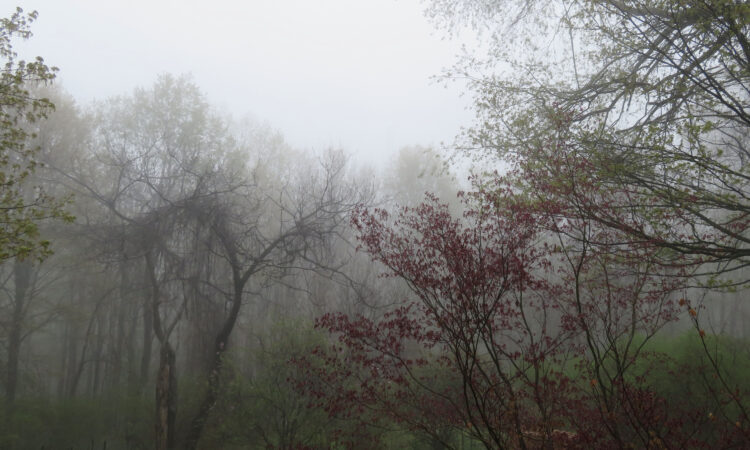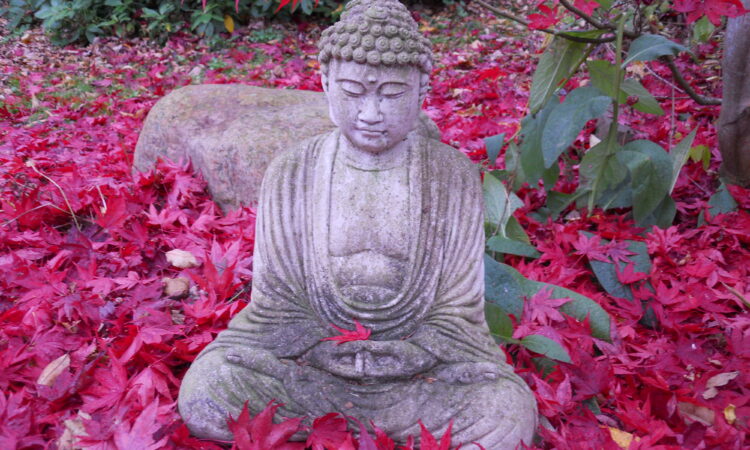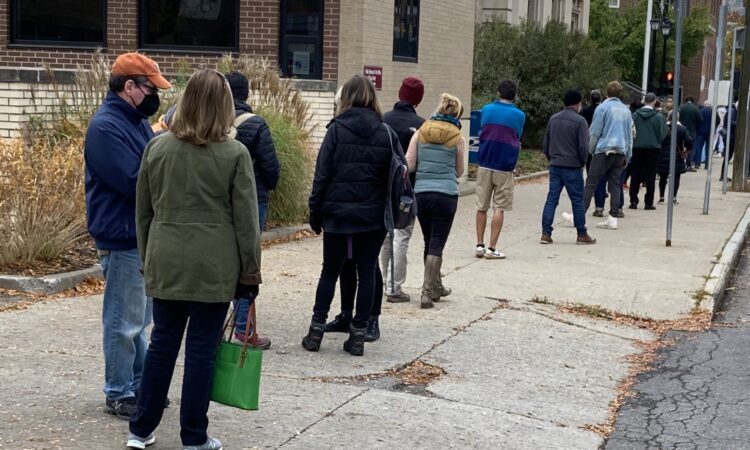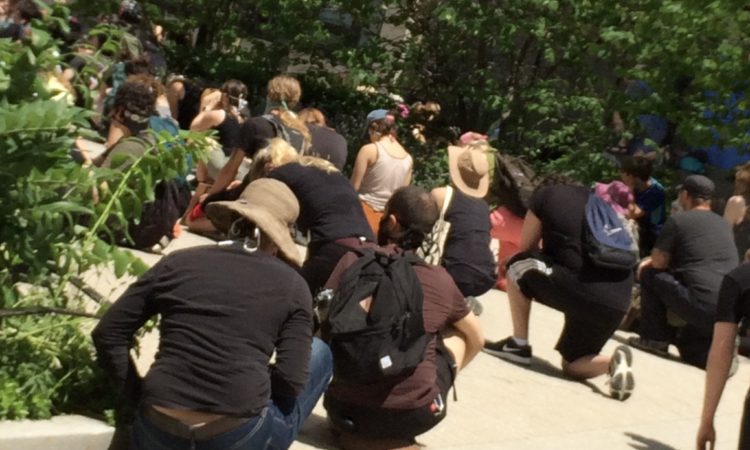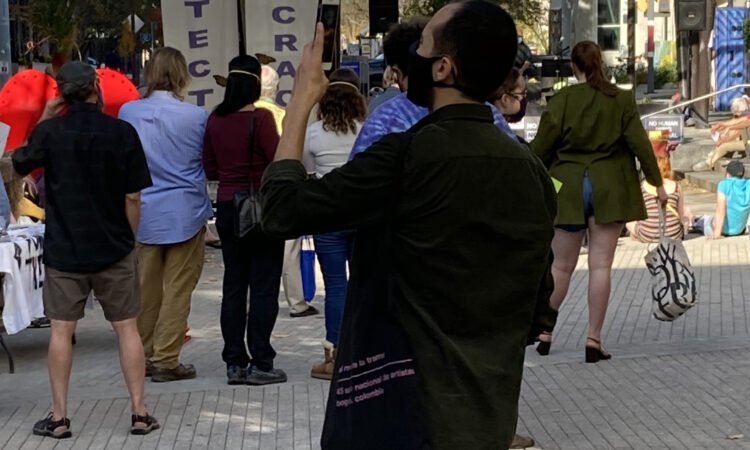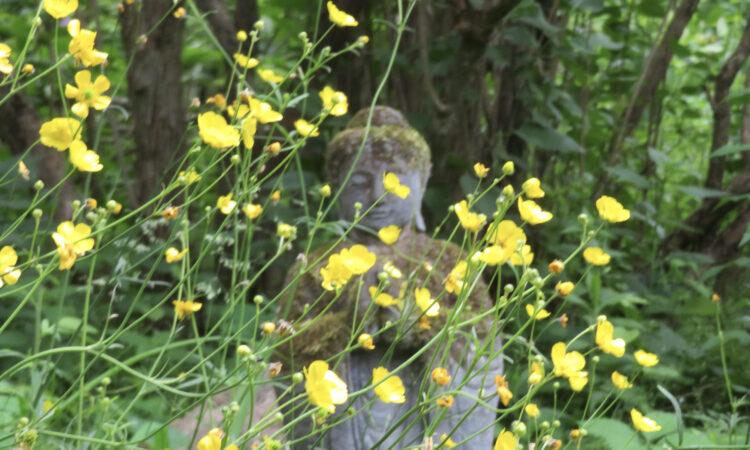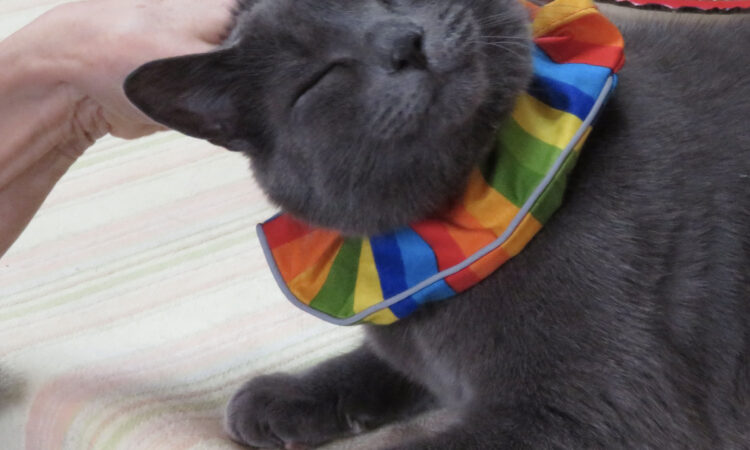How do we face a fact or situation we believe we cannot face? Or respond skillfully to a personal or collective crisis?
In the Winter 2021 issue of Tricycle Magazine: The Buddhist Review, there is an article by environmentalist Paul Hawken adapted from his new book Regeneration: Ending the Climate Crisis in One Generation. Hawken says we live on a planet dying due to severed connections between human beings and the natural world that sustains and contains us. The decline of the earth is its’ adaptation to what we are doing to it.
72% of Americans know that the consensus of scientists is that climate change is human caused. A U. N. panel recently labeled the situation a climate emergency. But Hawken says that if we stop making the mistakes we’re making, if we end the disconnection, if we cease the production of fossil fuels, redirect the economy to stop overconsumption, deforestation, wars, etc. the earth will come back to life. This is difficult but possible. But many don’t, won’t or can’t allow this to even be a possibility in their mind.
Many have come to think we have already gone too far, or it would take generations to stop catastrophic global warming. But Hawken says, if we can reduce carbon gain and achieve zero net carbon emissions by 2050, we can regenerate the planet in one or two decades.
It is easier to not-think about it. To not consider the possibility that the planet, or human life on it, can be saved. For some of us, to bring the earth’s future back to life inside our heart and mind brings the hurt back to life. Pain. It can feel easier to fashion scabs of anger or ig-norance than face pain.
I think of two friends and neighbors who say they have given up. They usually vote. Maybe this is a sign that vestiges of hope or commitment remain⎼ or of love. But they won’t do anything more. Won’t help get out the vote or call politicians or take to the streets. They say it will do no good. Maybe the grief they feel over the dying earth has immobilized them.
And I understand this response. I too feel the grief for what and whom we’ve lost, for the losses from the pandemic, for an easier time when I did not feel the earth itself was on the way to the emergency room, or that white nationalists might once again inhabit the White House like they did just a year ago. I, too, yearn for comfort.
In a recent blog, I described how it’s less the situation we face, or the sensations we feel, that determine our emotional state, but our response to the situation and feelings. We often think of fear as what readies us to act to protect ourselves. But as psychologist William James pointed out over a hundred years ago, we don’t have an emotion and then act. We don’t see a bear in the woods, or maybe a domestic terrorist on the street, and then feel fear, and run.
Instead, our response is constructed in stages. We feel fear as our body begins to sweat, our heartbeat speeds up, our legs twitch. Fear is an interpretation added to sensations. The sensations themselves are the same as a stress response or emotions like excitement. The interpretation includes thoughts such as labeling a threat as unmanageable as well as an inclination to act, for example, by hiding….
**To read the whole article, please click on the link for the Good Men Project, who first published the piece.

